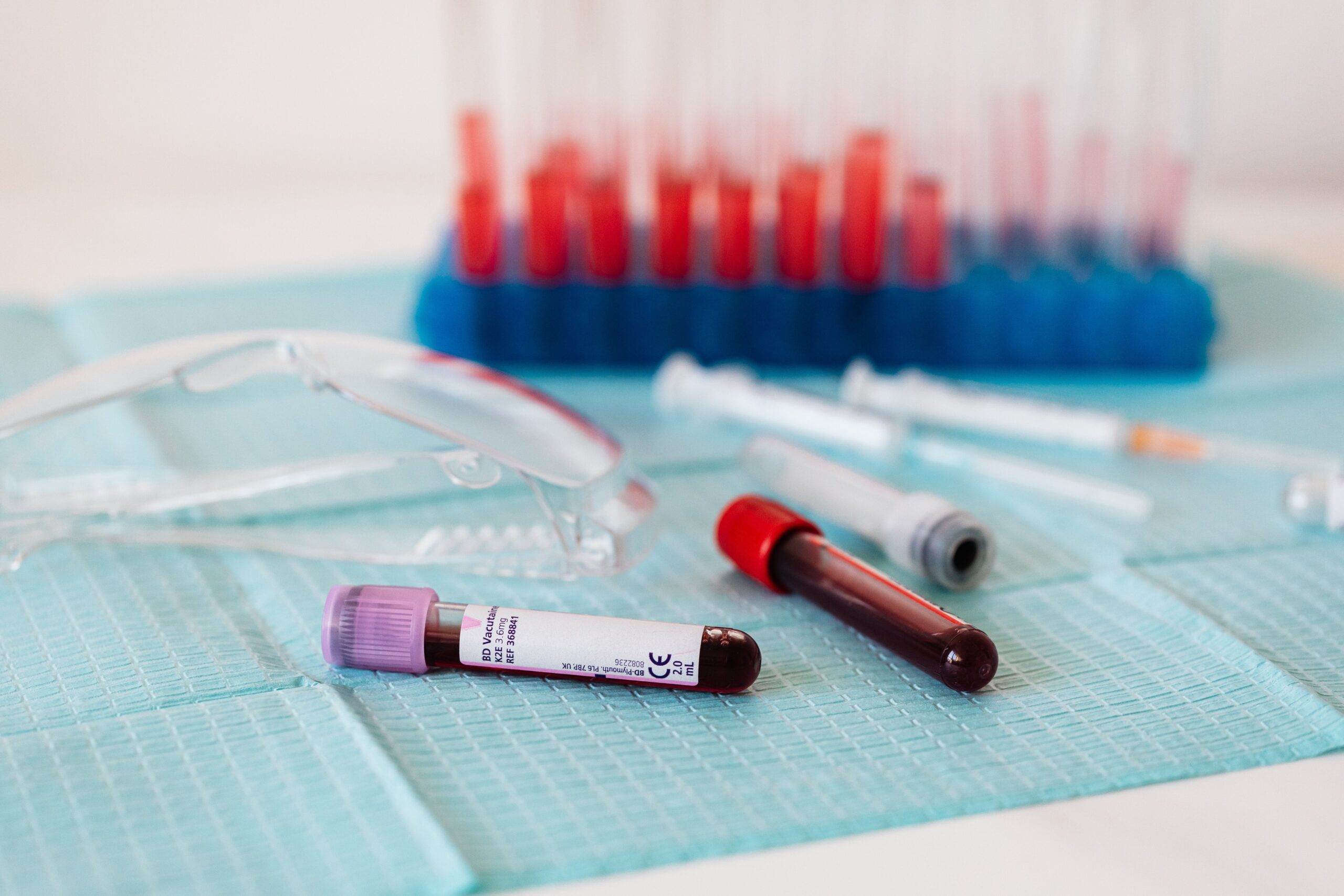In the realm of diabetic ketoacidosis (DKA) management, the traditional approach of utilizing arterial blood gas (ABG) analysis has been long-established. However, a reevaluation of this standard is in order, with increasing evidence pointing towards the viability of venous blood gas (VBG) as a less invasive and patient-friendly alternative.
Myth: ABGs are Safe and Painless
In a recent article on REBELEM, concerns about ABG procedures have been brought to the forefront. While ABGs are commonly perceived as routine and benign procedures, it’s crucial to acknowledge the potential risks. Rare but potentially serious complications such as radial artery spasm, infarction, and aneurysms can arise from ABG sampling, underscoring the need for a careful consideration of risks, especially in the context of repeated procedures.
Additionally, the discomfort experienced by patients during ABG collection is significant and cannot be understated. This pain often overshadows the benefits of the diagnostic information obtained. As healthcare providers, we need to prioritize patient comfort while ensuring accurate and reliable results.
Myth: Modified Allen’s Test is Routinely Checked
The Modified Allen’s Test, a critical prelude to radial ABG procedures, is often overlooked, as highlighted in our previous discussion. This simple test assesses collateral blood flow in the hand, ensuring that the radial artery is not the sole supplier. The potential consequences of neglecting this test are serious, as a lack of collateral blood flow can result in ischemia during and after the ABG procedure.
VBG as a Safe and Reliable Alternative
Building on this critical analysis, venous blood gas (VBG) analysis has emerged as a viable alternative to ABGs in DKA management. In our pursuit of patient-centric care, it’s essential to consider alternatives that balance diagnostic accuracy with patient comfort.
Recent studies suggest that VBGs offer comparable diagnostic accuracy to ABGs, with fewer associated complications. The shift towards VBGs can alleviate the pain and risks associated with ABGs while maintaining the quality of diagnostic information. This transition is not just a change in protocol; it’s a paradigm shift towards a safer and more patient-friendly approach to DKA diagnosis and treatment.
Call to Action
As healthcare professionals, it is our responsibility to stay informed and adapt our practices to prioritize patient safety and satisfaction. Let’s engage in a comprehensive discussion about the benefits of VBGs over ABGs in the context of DKA management. Share your experiences, consider the evidence, and contribute to the evolution of our clinical practices.
In conclusion
The transition from ABGs to VBGs represents a positive step towards a more patient-friendly approach to DKA diagnosis and treatment. By challenging existing myths and embracing innovation, we can enhance patient experiences and improve overall healthcare outcomes. Join the conversation, share your insights, and let’s collectively shape a future where patient satisfaction and effective treatment go hand in hand.




